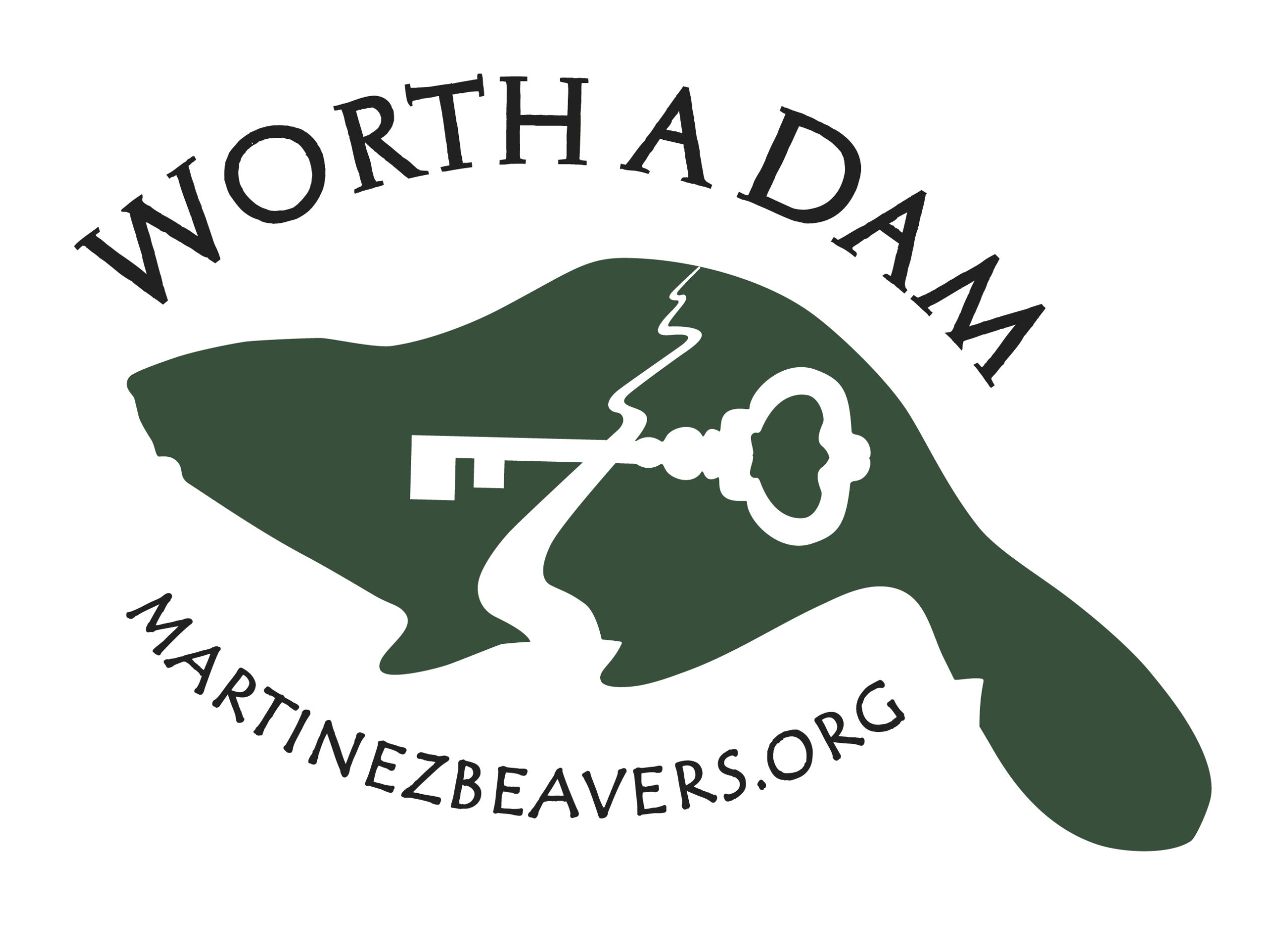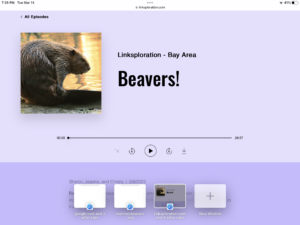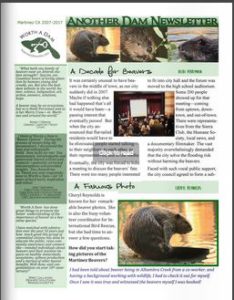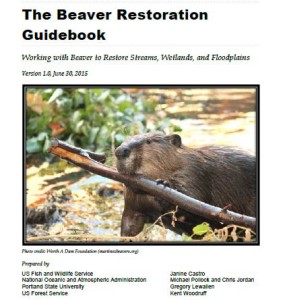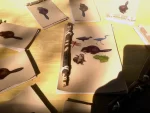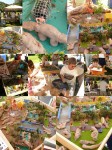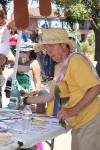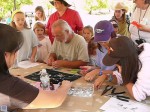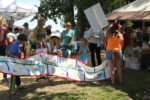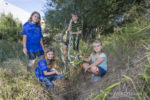Taryn Power Greendeer of Wisconsin has slowly been growing support for her beavers and their wildlife water works. There was another meeting about their fate with standing room only attendance. Now she is graced by this bit of lovely environmental reporting by Jim Solberg for the Jackson County Chronicle.
In March, I enjoyed a tour of a farm near Arcadia, Wis., where a beaver dam had made a slough deep enough for Tom and Sue Roskos to paddle their canoe through the Trempealeau River wetlands along their land. Well, another nature-loving couple invited me recently to view a beaver pond and the wetlands associated with it on their property in Vernon County.
The beavers have maintained a dam along a stream going through Bill and Taryn (Powers) Greendeer’s farm for around 14 years. Unfortunately, though, their concern for the beavers and the diverse community of life that has come to depend on them has put them in the center of a conflict with the town board over the pond’s proximity to a town road.
While she was pointing out the rich wetland habitat that surrounded the dam, Taryn expressed hope that the issues raised by the town board and neighbors could be solved while also preserving the wetlands. Bill told me, for instance, that their cattle have been moved so the beavers can continue building farther down the stream. Taryn said she is hoping the birds will be allowed to finish nesting before any further and possibly disruptive actions are taken to lower the water in the pond.
In the four hours I was there on that rather chilly day, I was surprised by the amount of life I saw or heard around the ponds. Three species of frogs were calling in the main pond — the gray tree frog, the green frog and a species of special concern in Wisconsin, the pickerel frog.
Five other species of frogs have also been heard calling there — the American toad, the spring peeper, chorus frogs, wood frogs and leopard frogs — so this wetland is clearly a breeding site for at least eight species of frogs.
We also heard and saw numerous redwing blackbirds that were singing and calling all afternoon. Barn swallows flitted in flocks over the water, feeding on insects that had emerged from the pond, while a pair of mallards and at least one pair of wood ducks flew around.
A pair of sandhill cranes fed below the dams while and a number of great blue herons flew overhead. There is, in fact, a heron rookery hidden behind a nearby hill. As we talked, a secretive green heron made a surprising appearance from deep within the thick growth of willows.
Later, I watched a kingfisher as it dove repeatedly from an overhead utility wire to catch fish, chattering noisily between dives. We saw plenty of fish as we walked around the various ponds. They provide food for many other critters besides the kingfisher, including the herons, raccoons, turtles and trout.
As the sun was setting behind the hills, the green heron posed majestically for me on a stump and as it flew away, a beaver emerged from the water of the creek very near my car. The beaver and I exchanged looks for at least a couple minutes, and the industrious rodent did not seem to be upset as I snapped its portrait.

Ahhhh this is a lovely and familiar tale! Take care of your beavers and beavers will take care of your wildlife and watershed! Thanks for letting us read about their magical effect and observe their impact on you as well. I am reminded of the summary I just put together for my upcoming beaver talk in Oakland.
Many of you will have heard how beavers change their environment: their dams recharge the aquifer, improve water quality, augment fish diversity, and bring a host of new birds and mammals to their ponds. We expected that. What we didn’t expect was for an entire community to become part of the environment that was changed. Come learn how these uninvited guests are still teaching the city of Martinez that beavers can be “Worth A Dam”.
